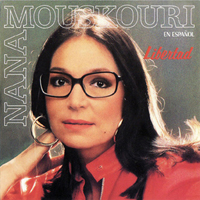
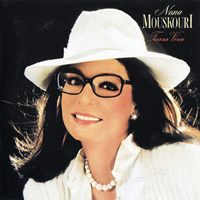
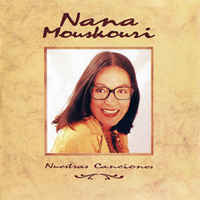
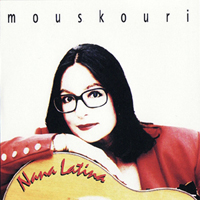
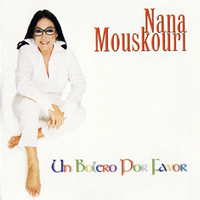
Spanish Repertoire





Her entire Spanish Repertoire is concentrated on 5 CDs in the box set "Alma Latina". In it there are translations of her hits as well as great Latin songs. Most of the recordings took place over two periods. First, in 1965 and 1966 and from 1982 to 2002. After the release of "Libertad", Nana was back on Spanish TV and did some visits in Latin America.
DESPIERTA AGAPI MOU Nana flew to Barcelona to participate at the 2nd Mediterranean Song Festival. She won the first prize with "Xypna agapi mou", a song that she shared with her compatriot Alekos Pantas. A few years later, Nana returned to Spain to make her first recordings in the national language. She didn't forget that recipient song that earned her the first triumph outside of her country. Morever, four decades later, she recorded a Spanish version to complete her album "Un bolero por favor".
|
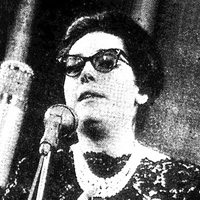 |
 |
GUANTANAMERA Among her hits of the 60s, "Guantanamera" is the one that Nana sang most often in Spanish. In 1966, Pete Seeger, a pioneer of folk music, popularized that Cuban melody. Inspired by the folklore of all countries, Nana decided immediately to include it in her repertoire. Over the decades, she kept it in her singing recital and sang it in duet on television sets and in the studios with Julio Iglesias, Joe Dassin, Francis Cabrel and so many others. |
SOLEDAD In the mid 70s, Nana made a real success in France and in Germany with "Soledad", a composition of Emilio José. Upon the make of her first album in Spanish, it was the moment to record it in the original language. It was released on 45 rpm discs in Spain, in Argentina, in the United States and in the various artists compilations. On the author's Wikipedia page, it is stated that Nana is the singer who most popularized the song. In Europe, more than two million copies have been pressed. |
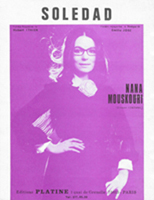 |
 |
LIBERTAD In 1986, the recording of her first album in Spanish was finally realised. For the title, Nana chose "Libertad", from Verdi's "Nabucco", which has been a huge success in several countries. She recorded a video clip of that song in Spanish, in Portuguese and in English that ensured its promotion through the TV channels of America. Children appear. They prepare the unveiling of the Statue of Liberty which celebrated that year its centenary. The album has been pressed in 16 countries, multi-platinum in Spain, in Argentina and in Chile. The sales exceed now one million copies. |
LA PALOMA "La paloma", a traditional song composed around 1863 by the Basque Sebastián Iradier, has been recorded more than 2,000 times. Upon its release, Nana's version stood out among the others. She often sang it in her concerts, especially during her farewell and birthday tours. How can we forget her performance at the ancient theatre of Orange in 2014, from her moving arrival on stage till her final? |
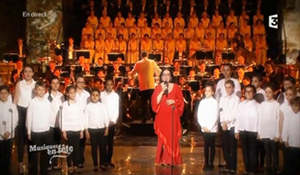 |
 |
TIERRA VIVA The big success of "Libertad" led her to record a second album for the Spanish-speaking market. Its release coincided with a tour in Spain in October 1987. Again, the title song is a classical tune that Nana had already adapted into other languages. This is "Tierra viva" from the "Norma" by Bellini. A TV special was made with the songs from the album that went gold in Spain and in Chile. |
SIBONEY Like a love song for the homeland, "Siboney" evokes the name of a Cuban village. That famous classical is the first title of "Nuestras canciones", a double album of great Latin songs. In the 90s, it's the one that Nana sang most often during her appearences on Spanish TV. And during her farewell and birthday tours, it's one of the three Latin songs of her program. |
 |
AVE MARÍA NO MORRO
A Brazilian song, "Ave María no morro" is sung throughout Latin America. Many great singers cover it in Spanish. Often classified in the religious Repertoire, the song also has been adapted for rock, blues and country. Following the recording, Nana sang it during her two Latin tours in 1994 and 1996. Her rendition is such that it seems to be a song composed for her.
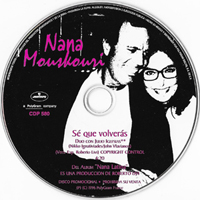 |
SÉ QUE VOLVERÁS Julio Iglesias and Nana Mouskouri have been often compared for their exemplary career in several languages. After having sung in duet on various occasions on television, they met again for a recording session. Together, in 1996, for her album "Nana Latina", they recorded "Sé que volverás", a Greek love song, and then they did a video clip of it: from the top of skyscrapers, giant screens broadcast images of Julio with Nana in a studio alternately with those of Santorini. Nana's association with the biggest name of the Latin song is an asset to reach that public. |